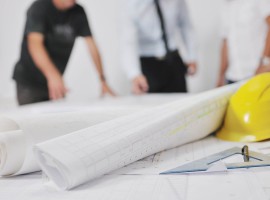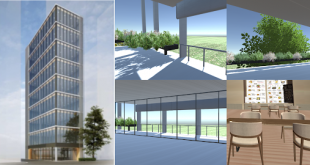Are you interested in property development?
While many properties make good homes, fewer are “investment grade” properties and even fewer are potentially profitable development sites.
In a recent blog I outlined why I choose the suburbs where I undertake developments very carefully.
Now it’s time to find the “right” property in that suburb – one that could be the site of my next development.
Once I understand the local council’s development requirements I assess individual property’s suitability for development as follows:
Size and dimensions: How big is the site and are the dimensions (length x width) suitable for development?
Is it a corner site that allows better subdivision potential?
Current dwelling: What’s on the site at present, can it be leased while obtaining development approvals?![]()
Will there be issues with demolition – eg heritage, asbestos?
Topography: Is the site flat or does it slope?
If so is the slope in the right direction for the natural fall of services (sewerage and drainage) or will pumping be required?
Significant trees or obstacles? Are there any significant trees on the site or on the nature strip that will need to be retained and affect the development?
Are there power poles on the footpath that may need to be moved to allow for crossovers?
Site Orientation: Which way is the site facing?
This has implications for planning (natural light), overshadowing and overlooking (privacy issues with neighbours)
Neighbourhood Character: What type of properties are in the neighbourhood and how will this impact on the nature of the proposed development?
Are there new developments in the street that could act as a precedent for the proposed development?
What type of neighbours are you likey to have?
Are they likely to object to a new development in their street?
Neighbouring properties: What are their setbacks from the street (may affect the required setback of he new development) and what are their setbacks from your boundaries?
Are they single or double story?
Do they have windows facing the proposed new development?
All these could affect the size and positioning of your proposed development with regards to overshadowing or impacts on their privacy.
Utilities: What utilities are available? – Water, electricity, phone and gas?
Will they need upgrading?
Are there any easements affecting the supply of utilities?
What is the condition of the road? Does it need upgrading?
Will contributions be required?
Site Accessibility: Will it be easy to access the site for construction?
This can be a problem in narrow inner suburban streets.
Soil: Is there evidence of the type of soil on the site?
Rock, clay or sand?
Has the site been filled?
Is there a possibility of soil contamination?
Other: are there any other issues that affect this site?
Title Checks: I then look for the following on the certificate of title or in the online planning scheme:
- Easements: Are there any easements on the site
- Covenants: Are there any covenants or restrictions in the title deed?
- Development overlays – are there any flood overlays that affect building heights?
As you can see there are a lot of factors to consider when evaluating a potential development site and most properties we assess just don’t make the grade.
Finding the “right” property is just one of the many challenges for property developers, but when you find that property it sets the scene for a profitable development.






